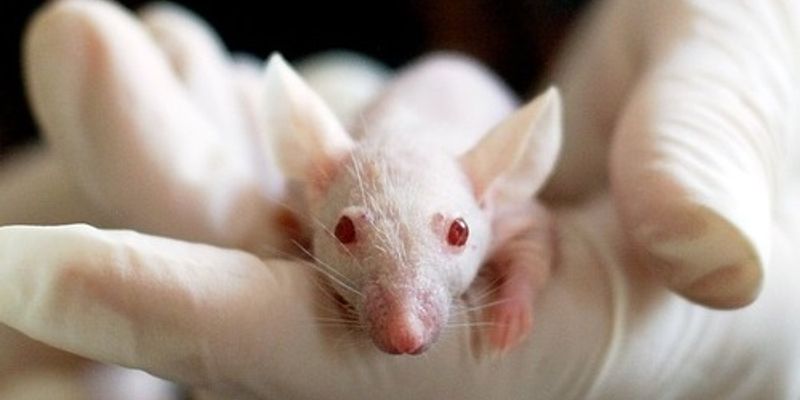Animal Sciences
Animal Sciences is the study of the biology of animals that are under the control of humankind. Focus is on the science and technology dealing with the procurement, breeding, care, health, and selection of animals used in biomedical research and testing. An animal scientist plays an important role in maintaining the nation's food supply. Many work in basic or applied research and development. Basic research seeks to understand the biological and chemical processes by which livestock grow. Applied research uses this knowledge to discover ways to improve the quality, quantity, and safety of agricultural products.
-
MAR 20, 2014 | 9:00 AMThe Brain Research through Advancing Innovative Neurotechnologies (BRAIN) Initiative is part of a new Presidential focus aimed at revolutionizing our understanding of the human brain. By acce...Speaker: Story Landis, PhD, Thomas R. Insel, MD, Justin Sanchez, PhD, John C. WingfieldPresented at: Neuroscience Virtual Event Series 2014
MAR 19, 2014 | 8:00 AMThe Brain Research through Advancing Innovative Neurotechnologies (BRAIN) Initiative is part of a new Presidential focus aimed at revolutionizing our understanding of the human brain. By...Speaker: Emery N. Brown, MD, PhD, William Newsome, PhD, Justin Sanchez, PhD, Terrence J Sejnowski, PhDPresented at: Neuroscience Virtual Event Series 2014
MAR 19, 2014 | 6:00 AMIn physical systems built with many components, emergent properties, such as magnetism, are often generated from the interactions among these particles. These emergent properties are often in...Laboratory rats and mice are the most used animal species in scientific research, but still having a lot of information available about them, there are many places in Latin America where ther...Speaker: Carolina Mourelle, LATGPresented at: Laboratory Animal Sciences Virtual Event Series 2014
FEB 06, 2014 | 3:00 PM
C.E. CREDITS
Informatics and internet are widely accepted tools in education and research. In the past decades new teaching and learning strategies have been developed and implemented. E-learning was def...
Intravascular catheterization access for injection and sampling is one of the most common experimental surgical procedures.Catheters and ports have been designed to reduce the problems of occ...
Speaker:
Oscar A Bermeo Blanco, DVM, RLATG, SRS
Presented at: Laboratory Animal Sciences Virtual Event Series 2014
perioperative analgesia aims to minimize, or even eliminate pain during a surgical procedure. Currently this approach is rarely performed using a single analgesic drug and more commonly diff...
Speaker:
Ignacio Alvarez Gomez de Segura, DipECLAM, DipECVAA
Presented at: Laboratory Animal Sciences Virtual Event Series 2014
The zebrafish, Danio rerio, is an ideal model organism to address a broad array of biomedical questions, and is now widely employed to answer questions about aging, behavior, cancer, growth,...
All trainers are people but not all people are trainers. Several factors beyond the trainer influence the effectiveness of a safety training programs. This program will discuss the critical...
Speaker:
Sean Kaufman, MPH, CIC, CPH, CHES
Presented at: Laboratory Animal Sciences Virtual Event Series 2014
Oftentimes, by the time that laboratory animal facility personnel learn about a facility construction project, the project has been underway for quiet some time without their knowledge but mo...
Speaker:
Paulina Bugyis, International AIA
Presented at: Laboratory Animal Sciences Virtual Event Series 2014
We all have to provide training; if our program is big or small, a germ-free mouse colony or field studies in Africa, centralized or not. Animal research programs, as varied as they are, have...
Speaker:
Denise Ostmeyer, BS, CVT, rLATg, CMAR
Presented at: Laboratory Animal Sciences Virtual Event Series 2014
The environment in which laboratory rodents are kept has an impact on experimental data and breeding performance. The quality of the environment is defined by both the quality of the primary...
























